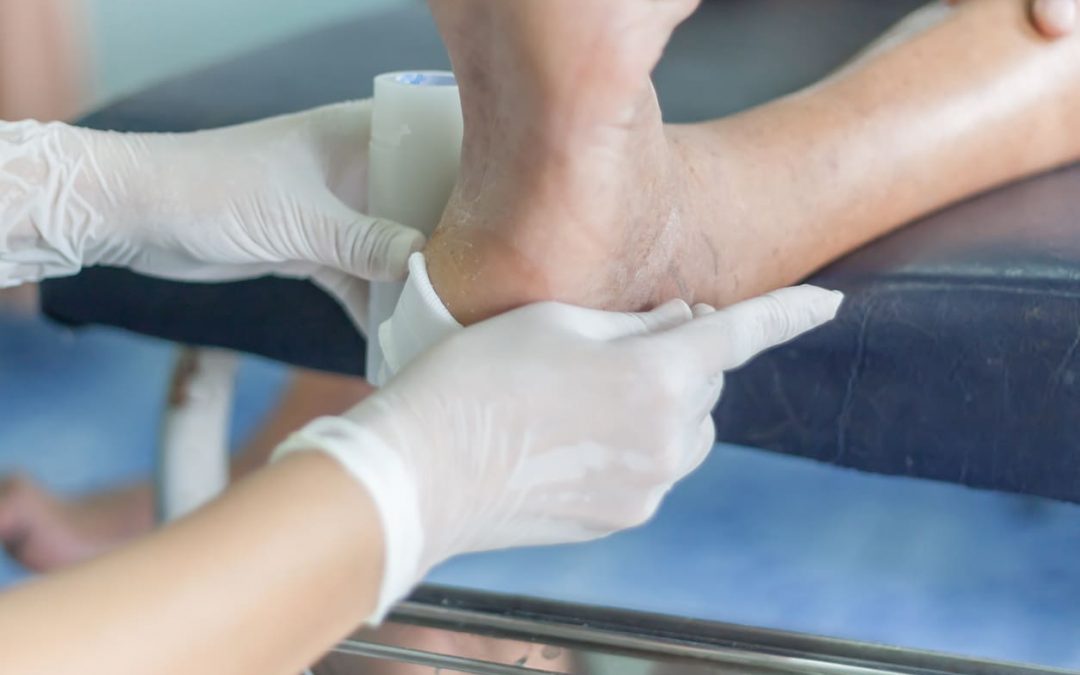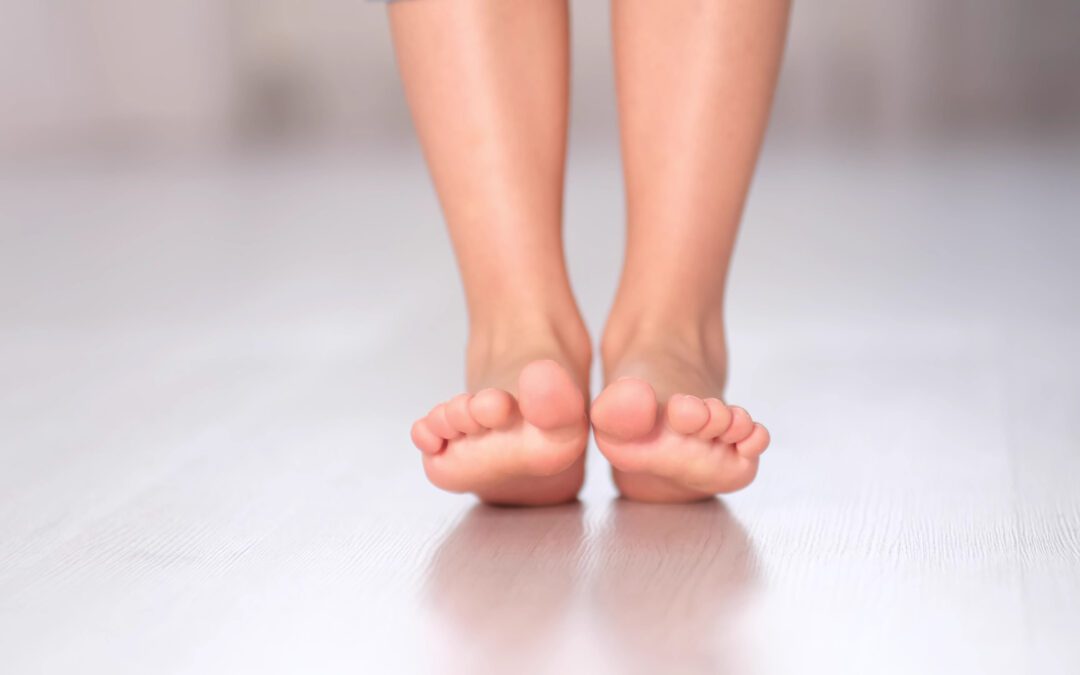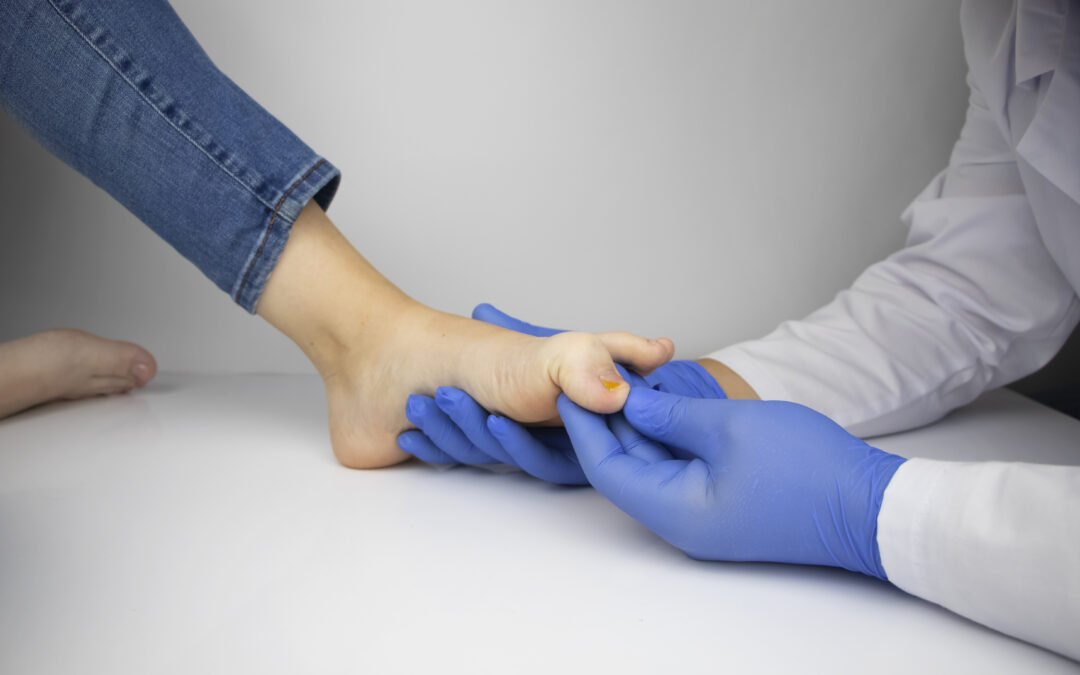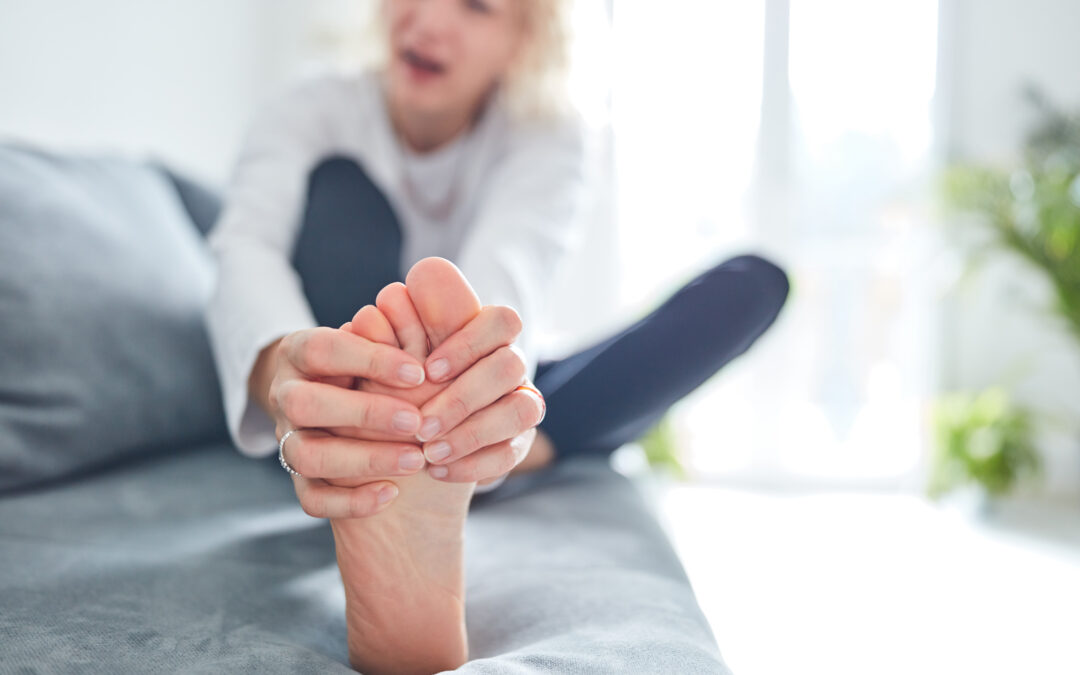A diabetic ulcer is a wound or open sore on the foot, ankle or leg that can develop due to a number of factors, like the lack of blood flow caused by diabetes and sometimes by lifestyle choices. When a patient develops one of these sores, they should seek immediate diabetic foot ulcer treatment.
There are 5 Main Ways to Treat an Ulcer Wound
- Use antibiotics if necessary
- Dress and wrap the wound according to the type of ulcer
- Schedule regular checkups and dressing changes
- Prescribe pain medication if needed
- Perform surgery if healing isn’t progressing
Our podiatrists provide diabetic foot ulcer treatment in the following 5 ways:
1. Use Antibiotics
If the ulcer is infected, the podiatrist will first need to apply an antibiotic ointment to combat the infection. If the infection has penetrated to deeper skin layers or even to the bone, then the podiatrist will most likely prescribe stronger antibiotics that will be taken orally.
2. Dress and Wrap
After properly treating any infection that is present, the podiatrist will proceed to dress and wrap the ulcer wound to protect it.
Before wrapping the wound, the podiatrist applies a dressing that will help the wound to heal. The type of dressing used will depend on the patient’s specific condition. Some examples of dressings that one of our podiatrists in Baltimore might use are:
- Hydrogels
- collagen wound dressings
- antimicrobial dressing
- Hydrocolloids
- moist dressings
- alginate dressings
- debriding agents
- composite dressings
- synthetic skin substitutes
Once the appropriate dressing is applied to the wound, the foot doctor will proceed to wrapping the wound.
Wraps for Venous Ulcers
Venous Ulcers or leg ulcers, which occur due to the improper functioning of venous valves, are often protected and treated through compression wraps. For proper diabetic foot ulcer treatment, podiatrists will often use multi-layer compression wraps, or wrap an ACE bandage from just above the toes on the foot to just below the knee. Compression wrapping of venous ulcers is important because it helps to minimize swelling or edema.
Wraps for Arterial Ulcers
For arterial ulcers, which tend to occur on the foot, ankle or lower part of the leg, the issue is due to an inadequate blood supply to the wound. For this type of ulcer, podiatrists will often use an Unna’s Boot (a wet zinc oxide bandage).
3. Regular Checkups and Dressing Changes
As well as healing the existing ulcer(s), it is important to prevent additional foot and leg ulcers from developing. The foot doctor will proceed to the next phase of diabetic foot ulcer treatment by changing the ulcer bandages during regular appointments, which need to be scheduled more frequently when the ulcer is the worst and then can be scheduled every so often once the ulcer is showing much healing progress.
4. Pain Medication
Changing the dressings can be quite painful at first, so the podiatrist may prescribe pain medication to help deal with any major discomfort. The type of medication will depend on each patient’s specific needs, diabetic foot ulcer treatment type, and medical history.
5. Surgery
The natural healing of foot and leg ulcers is always preferred, but sometimes due to the patient’s condition, surgery becomes necessary. Each patient’s situation is unique and may require any of a variety of approaches to ulcer surgery from regular debridement (or the removal of infected tissue to amputation in very serious cases.
If you’re looking for diabetic foot ulcer treatment in Baltimore and the surrounding areas, then please don’t hesitate to schedule an appointment at one of our locations. Feel free to call our scheduling office to discuss your specific situation: (833) 500-FEET.
Time to See a Podiatrist?
If you have any of the issues described above, it’s time to consult an expert. Connect with Podiatry Associates for an evaluation. All of our doctors are board certified/qualified and we’re dedicated to preserving your foot health.
Other Related Articles:
- How to Prevent & Treat Diabetic Foot Ulcers
- What is the Impact of Diabetes in Wound Healing?
- The Key Role of a Podiatrist in Diabetic Foot Care
- 9 Healthy Tips for Diabetic Foot Care
- What is Diabetic Foot Pain?
- What Diabetic Foot Care Treatments Are Best Left to Your Podiatrist?
- Can a Podiatrist Perform Surgery? What Types?
- When to See A Podiatrist
- Everything You Need to Know About a Podiatrist
- 11 Things Every Patient Should Know About Foot Surgery
Podiatry Associates of Bel Air
The best podiatrists in Bel Air, MD.
1 N Main St.
Bel Air, MD 21014
Phone: 410-879-1212
Podiatry Associates of Columbia
The best rated foot doctors in Columbia, MD.
5500 Knoll N Dr #440
Columbia, MD 21045
Phone: 410-730-0970
Podiatry Associates of Baltimore (Franklin Square)
The best podiatric surgery in Baltimore, MD.
9105 Franklin Square Dr #206
Baltimore, MD 21237
Phone: 410-574-3900
Podiatry Associates of Towson (GBMC)
The top rated foot and ankle doctors in Towson, MD.
6569 N Charles St # 702
Towson, MD 21204
Phone: 410-828-5420
Note: GBMC Physicians Pavilion West
Podiatry Associates of Baltimore (Medstar Good Samaritan Hospital)
The best rated foot doctors in Baltimore, MD.
5601 Loch Raven Blvd # 400
Baltimore, MD 21239
Phone: 410-433-2500
Podiatry Associates of Perry Hall
The best board certified podiatrists in Baltimore, MD.
9712 Belair Rd # Ll3
Baltimore, MD 21236
Phone: 410-256-6060
Podiatry Associates of Baltimore (UMD Midtown)
The highest rated foot doctors in Baltimore, MD.
827 Linden Ave
Baltimore, MD 21201
Phone: 410-462-5420
Podiatry Associates of Havre De Grace
The top rated foot doctors in Havre De Grace, MD.
1500 Blenheim, Farm Ln Suite C
Havre De Grace, MD 21078
Phone: 410-939-0055





